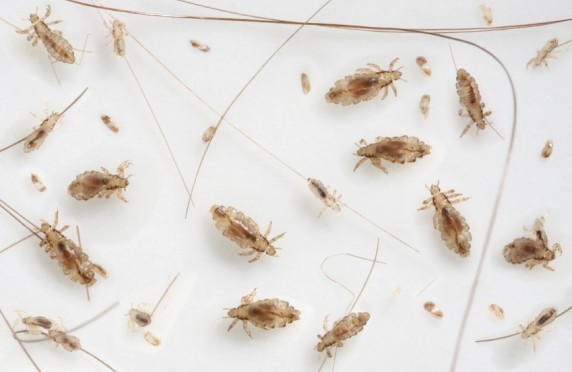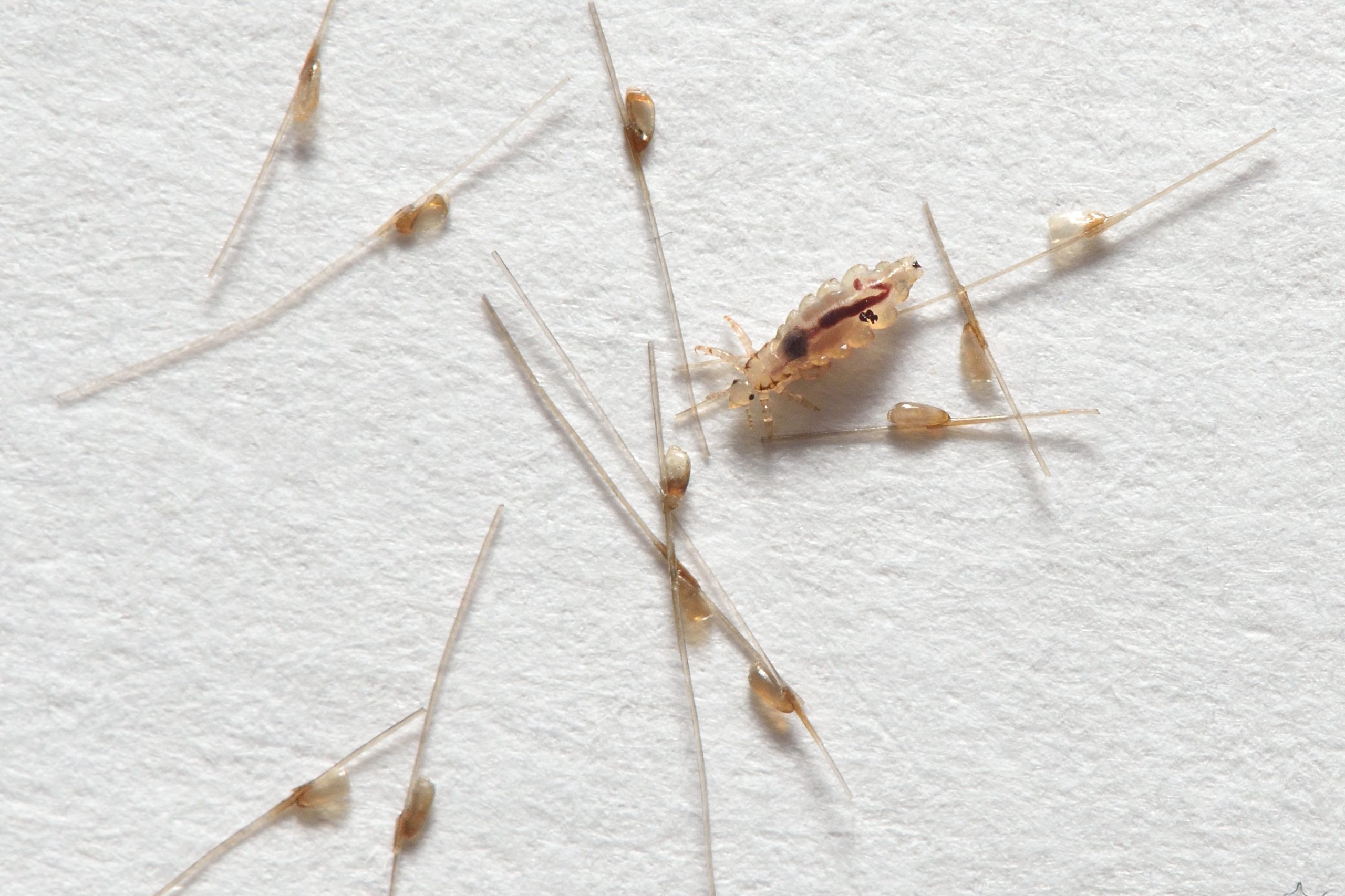Exploring the Intriguing World of Human Head Lice: A Close Look at Their Appearance
In the realm of tiny creatures that coexist with humans, few are as notorious and universally recognized as head lice. These minuscule insects, while often unseen, wield a significant impact on human health and hygiene. Understanding their appearance not only satisfies our curiosity but also aids in their identification and eradication.
Human head lice, scientifically known as Pediculus humanus capitis, are ectoparasites that exclusively infest the human scalp and hair. Measuring about the size of a sesame seed, they are incredibly small, making them difficult to spot with the naked eye. Their appearance, however, is distinctive upon closer inspection.
The most prominent feature of head lice is their flattened, wingless bodies. This adaptation allows them to easily maneuver through the hair strands and cling tightly to the scalp, making their removal a challenging task. Their six legs are equipped with claws that grasp onto hair shafts, enabling them to anchor themselves securely to their host.
Head lice are typically light brown or grayish-white in color, blending in with the hair to evade detection. Their coloration serves as camouflage, making them less conspicuous amidst a mass of hair. Additionally, their bodies are translucent, further aiding in their disguise against the background of the scalp.
Despite their small size, head lice are discernible due to their movements. They exhibit rapid, skittering motions as they navigate through the hair, searching for blood meals. This distinctive behavior distinguishes them from other common scalp debris, such as dandruff or dirt.
Upon closer examination, one may notice the presence of eggs, known as nits, attached to individual hair shafts. These tiny oval-shaped structures are firmly cemented close to the scalp and are often mistaken for flakes of skin or hair product residue. However, their adherence to the hair and uniform shape differentiate them from other debris.
In conclusion, while human head lice may be diminutive, their appearance holds significant importance in identifying and managing infestations. By familiarizing oneself with their flattened bodies, coloration, and distinctive movements, individuals can effectively combat these persistent parasites, ensuring optimal scalp health and hygiene.
Here’s a FREE guide on how to check for head lice. And check out how to get rid of head lice in your home.
See more pictures of lice & nits.




Get Social